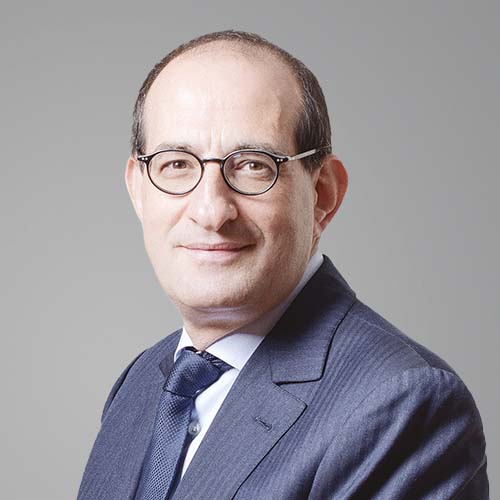Le Temps - (03.04.2023) - At a time when a new crisis of confidence is shaking the banking industry, it is vital to get back to analysing the fundamentals and noting the structural differences between the various sector players.
Universal banks serve a diverse customer base, offering the full range of basic financial services. Those services, which include loans, require banks to hold a large amount of capital in reserve. Universal banks often raise that money in the capital markets, with all the risks that implies.
The role of pure-play private banks, meanwhile, is to protect and grow their clients’ assets over the long term. Accordingly, they mainly serve wealthy individuals whose primary concern is to preserve their wealth and pass it on to future generations. This requires sophisticated asset management and wealth engineering services, which include lending but to a lesser extent. Private banks’ lending mainly consists of Lombard loans – secured against clients’ financial asset portfolios – which are an alternative to traditional loans and naturally complement banks’ asset management activities. Some private banks also sometimes grant mortgages to help clients buy real estate as part of their overall wealth strategy.
By their nature, then, private banks provide services that require less capital, and they make little use of capital markets. In Switzerland, private banks hold larger amounts of capital, giving them a very solid base as measured by two key regulatory ratios: the LCR (liquidity coverage ratio) and the NSFR (net stable funding ratio). These ratios were introduced after the 2008 crisis by the Basel Committee on Banking Supervision, and their purpose is to assess a bank’s liquidity risk, i.e. its ability to fulfil its financial obligations in the event that it loses money on its investments, sees a large-scale withdrawal of deposits or is unable to convert its assets into cash.
Sufficient capital
The LCR measures a bank’s ability to meet its obligations within a 30-day timeframe. A bank must have an LCR of at least 100%, i.e. its commitments to be at least 100% covered by liquid assets. The NSFR came into force in the EU and Switzerland in 2021. It is intended to ensure the stability of a bank’s funding over the long term, and must also be at least 100%.
European and Swiss banks, whatever their size and whatever their business activities, must meet these minimum ratios, which provide a guarantee that the bank is managing its cash in a healthy way. While the LCR and NSFR ratios of universal banks tend to be close to the minimum of 100%, private banks generally have higher ratios because of their business model’s specific characteristics. Among Geneva private banks, for example, LCR ratios are around 200%.
Other causes, same fate
In the US, however, after the Trump administration rolled back some requirements of the Dodd-Frank Act, banks with less than USD 250 billion worth of assets no longer had to comply with certain rules, including those relating to minimum LCR and NSFR levels. If the scope of application of those rules had not been restricted, warning signs might have arisen regarding Silicon Valley Bank (SVB) – which had USD 209 billion of assets – and this might have prevented it from being struck down by a liquidity crisis on 10 March. Its collapse was the result of poor asset–liability management. It had invested most of its liquidity in medium- and long-term US Treasuries without hedging its interest-rate risk, and when rates rose this led to unrealised losses. Meanwhile, SVB’s liabilities consisted of deposits with shorter maturities than those of government bonds: this would not have been possible if the aforementioned minimum ratios had been applied. When accounting rules forced the bank to charge its unrealised losses against its capital, its financial solidity was called into question. Depositors lost trust and decided to withdraw their money en masse. SVB was unable to cope with all the withdrawals, prompting the US authorities to step in.
Differing business model
The case of Credit Suisse was another story. Its fate was also sealed by a crisis of confidence, but the chain of events was very different, because its capital ratios were sound. Its failure stemmed from a build-up of bad news arising from the bank’s involvement in various scandals and losses resulting from its inadequate risk management and its business model. The shockwave caused by SVB’s failure merely worsened the lack of trust in Credit Suisse, which was already well established, resulting in a bank run that proved fatal for Switzerland’s second-largest bank.
It is hard to imagine a similar disaster befalling pure-play Swiss private banks. They manage their cash conservatively, in particular by holding large amounts of money with central banks, and most importantly they are not involved in complex transactions of the kind undertaken by the investment banking divisions of universal banks. Their underlying risks and balance sheets are therefore easier to understand. This feature of Swiss private banks is founded on a certainty born from experience: no asset is more valuable than clients’ trust.









